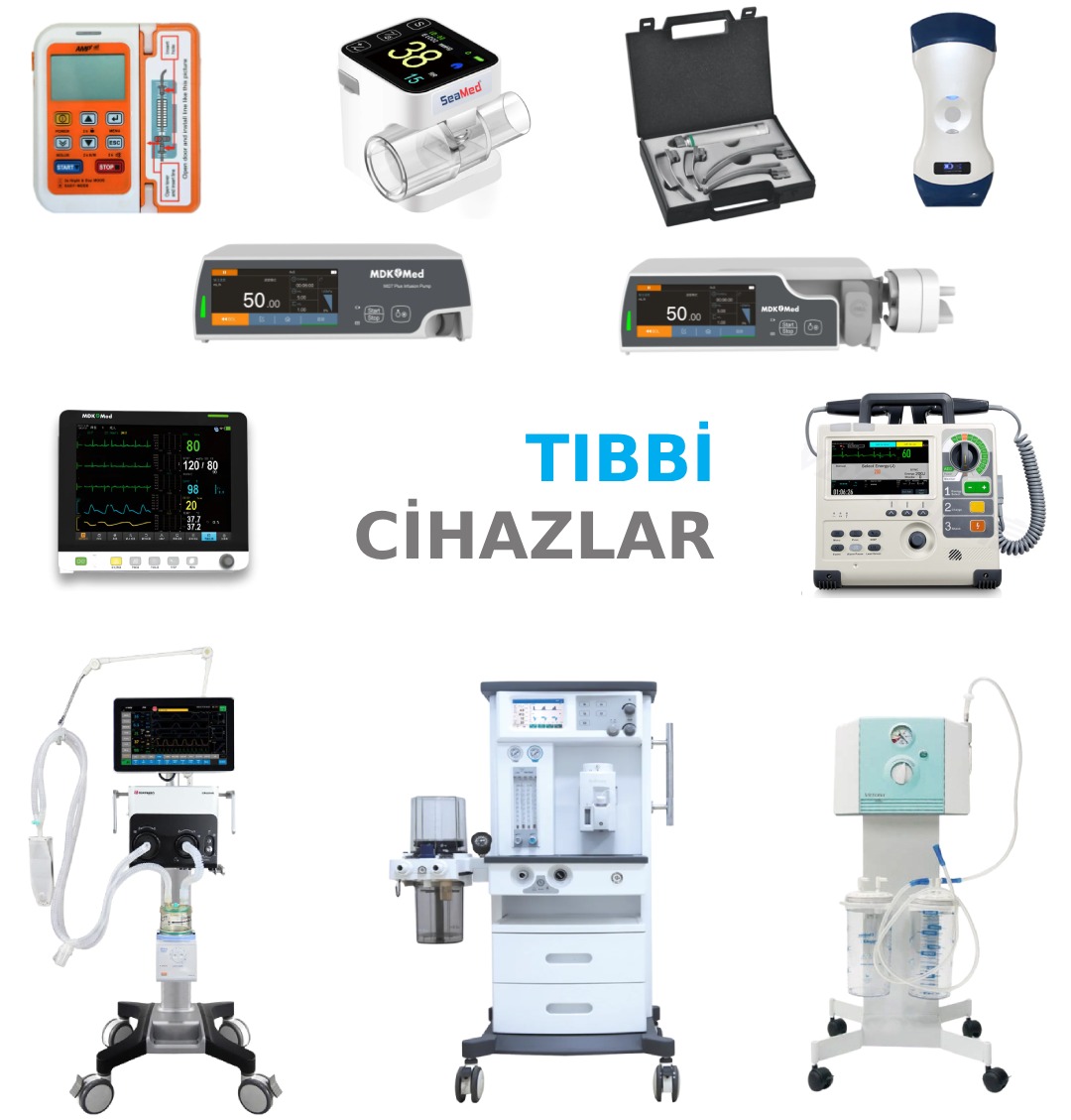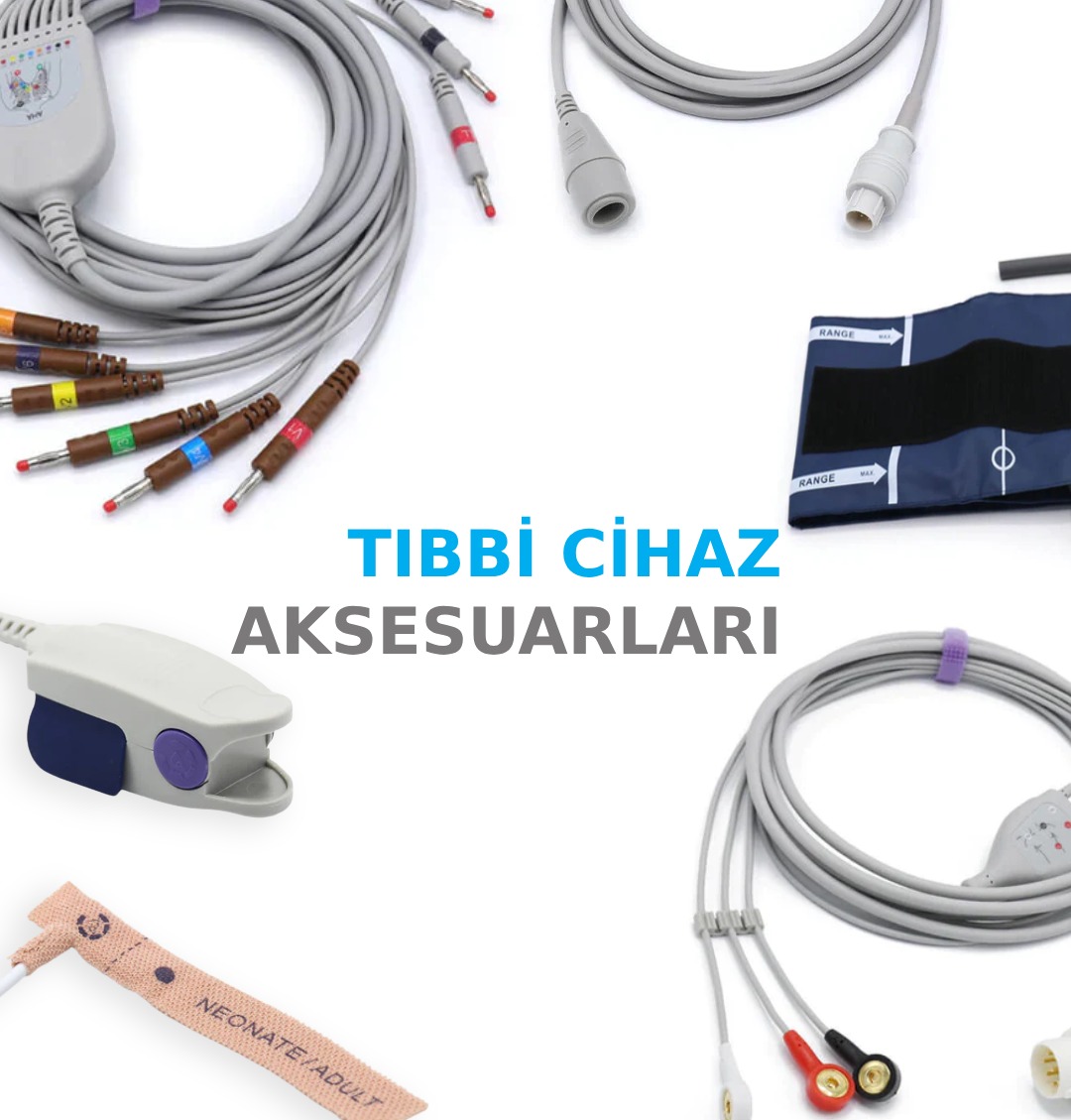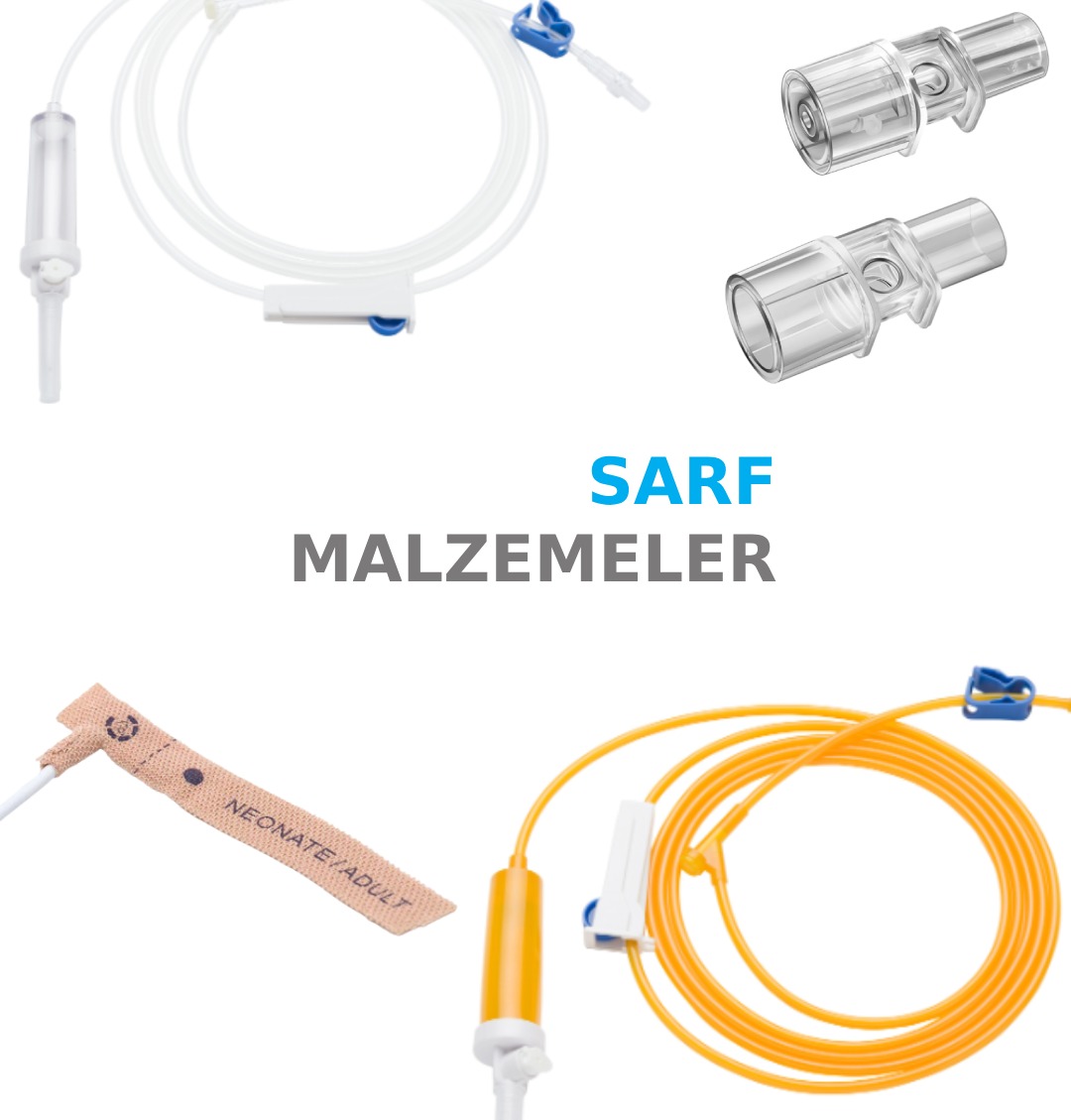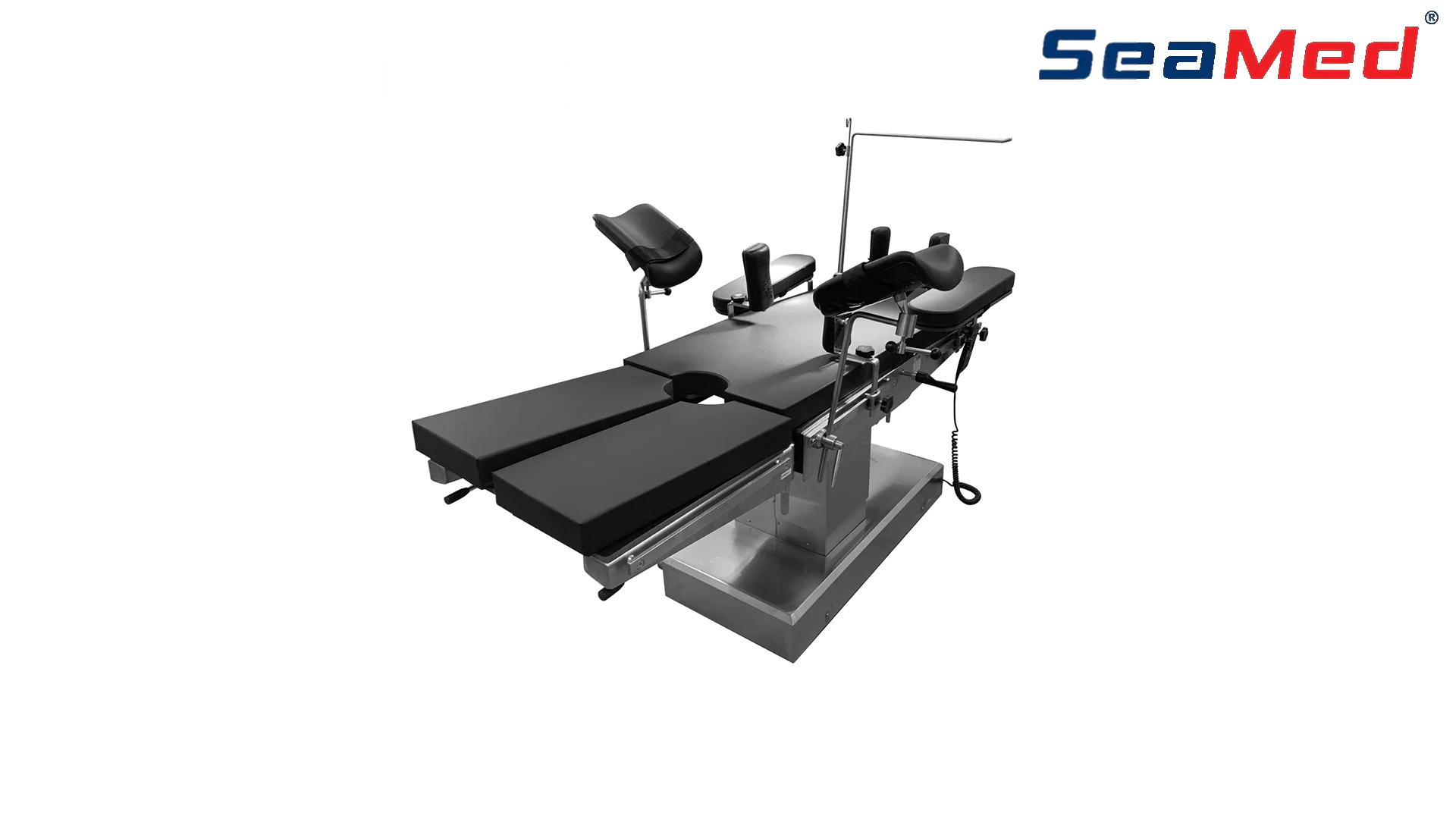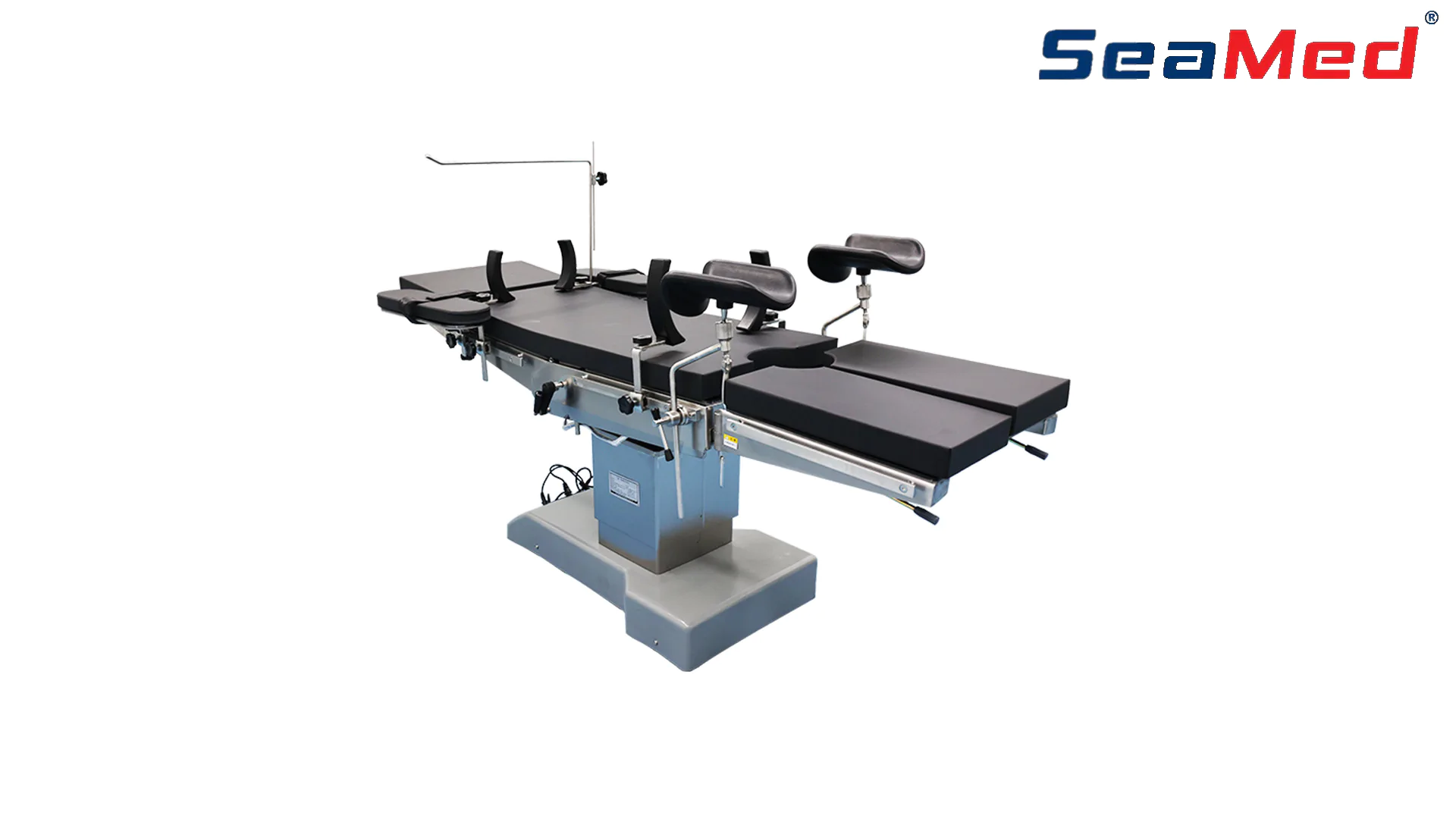
SEAMED D ELECTRIC OPERATING ROOM TABLE
- Angle adjustable head section
- Controlled Latoral, Trenelenburg, TeraTrenelenburg, back and foot section
- Dry type, maintenance-free battery
- Patient carrying capacity up to 300 Kilograms
- 45 minutes run time on battery
Operating tables are specially designed tables where surgical procedures are performed and patients are placed comfortably. These tables have various features to facilitate the work of the surgical team and ensure the safety of patients. Operating tables offer a comfortable working environment for surgeons and anesthesiologists with their sturdy structures, adjustable heights and positions.
The usage areas of operating tables are quite wide. They are used in general surgery, orthopedics, neurology, cardiovascular surgery, plastic surgery and many other surgical disciplines. These tables can be adjusted to suit different surgical procedures and allow patients to be held in desired positions during surgery. At the same time, the tables are sterilizable and help the surgical team maintain sterility.
The operating principle of operating tables focuses on the safe placement of patients and facilitating the work of surgical teams. These tables have a sturdy construction and can be adjusted to different positions. Features such as height, tilt, reverse Trendelenburg position can be adjusted using electric motors or hydraulic systems. Thus, the surgical team can provide the most appropriate position required during the surgery.
Here are some medical-technical terms related to operating tables: "Trendelenburg Position" is an inclined position created by elevating the head of the table and lowering the foot. "Lateral Position" is the position in which the patient lies on his side in a lateral position. "Posterior Position" is the position in which the patient is laid on his back. “Sterility” means that the operating table has sterilizable properties, reducing the risk of infection to the surgical team.

